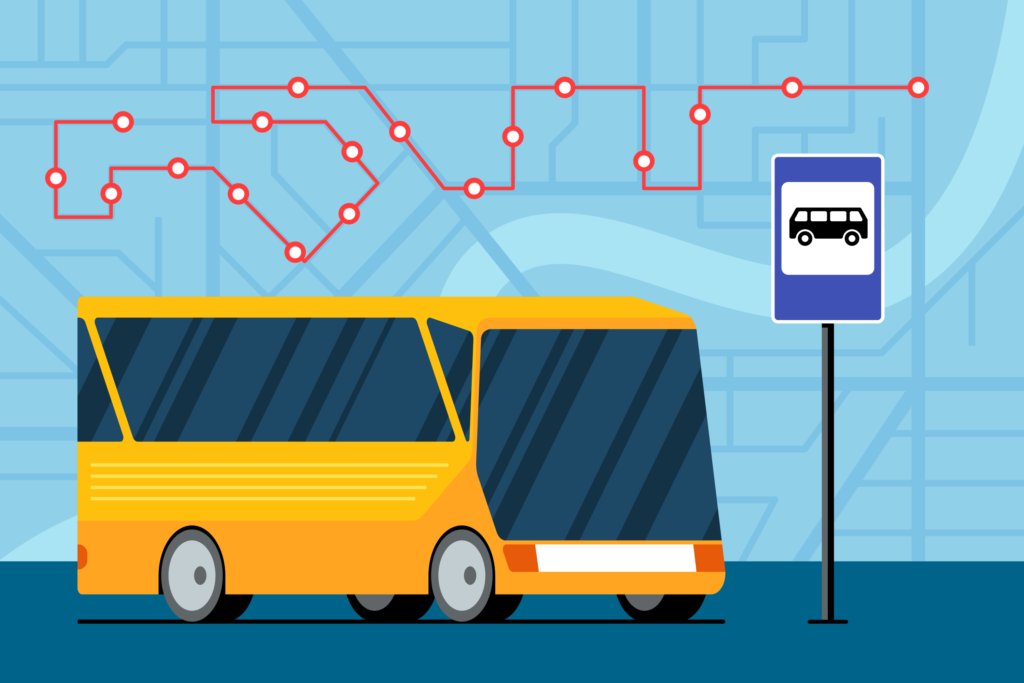
Are you looking to streamline your school bus routes and improve overall efficiency? School bus routing software can be a valuable tool in achieving this goal. In this article, we will discuss the best practices for using school bus routing software to optimize your transportation operations.
Introduction: What is School Bus Routing Software?
School bus routing software is a specialized tool that helps transportation departments create efficient and cost-effective bus routes for students. This software takes into account various factors such as student locations, bus capacities, road conditions, and traffic patterns to generate optimal routes. By using school bus routing software, schools can save time, reduce fuel costs, and improve safety for students.
Key Best Practices for Using School Bus Routing Software
- Gather Accurate Data: The first step in using school bus routing software effectively is to gather accurate data on student addresses, school locations, bus capacities, and other relevant information. The quality of your data will directly impact the accuracy of the routes generated by the software.
- Set Clear Objectives: Before implementing school bus routing software, it is important to define your objectives and goals. Whether you are looking to reduce costs, improve on-time performance, or enhance safety, having clear objectives will help you tailor the software to meet your specific needs.
- Regularly Update Routes: Bus routes can change frequently due to new students, road construction, or other factors. It is essential to regularly update and optimize your routes using the software to ensure they remain efficient and effective.
- Consider Traffic Patterns: School bus routing software can take into account real-time traffic patterns to optimize routes and minimize delays. By considering traffic conditions, you can ensure that buses arrive at their destinations on time.
- Communicate with Stakeholders: Effective communication with parents, school administrators, and transportation staff is crucial when using school bus routing software. Keep stakeholders informed about changes to routes, pick-up times, and other relevant information to promote transparency and collaboration.
- Monitor Performance Metrics: Track key performance metrics such as on-time performance, fuel efficiency, and customer satisfaction to evaluate the effectiveness of your bus routes. Use this data to identify areas for improvement and make adjustments as needed.
- Provide Training for Staff: Ensure that your transportation staff are properly trained in using the school bus routing software. Training sessions can help staff members understand the capabilities of the software and how to troubleshoot any issues that may arise.
Benefits of Using School Bus Routing Software
- Cost Savings: By optimizing bus routes and reducing fuel consumption, schools can save money on transportation expenses.
- Improved Safety: School bus routing software can help identify the safest routes for buses, minimizing risks for students and drivers.
- Enhanced Efficiency: With optimized routes, buses can reach their destinations faster and more effectively, improving overall transportation operations.
In conclusion, school bus routing software is a powerful tool that can help schools streamline their transportation operations and improve efficiency. By following these best practices, schools can maximize the benefits of this software and provide a safe and reliable transportation experience for students.






